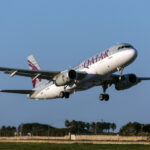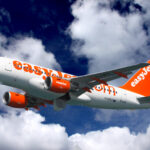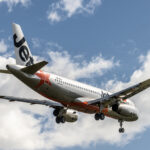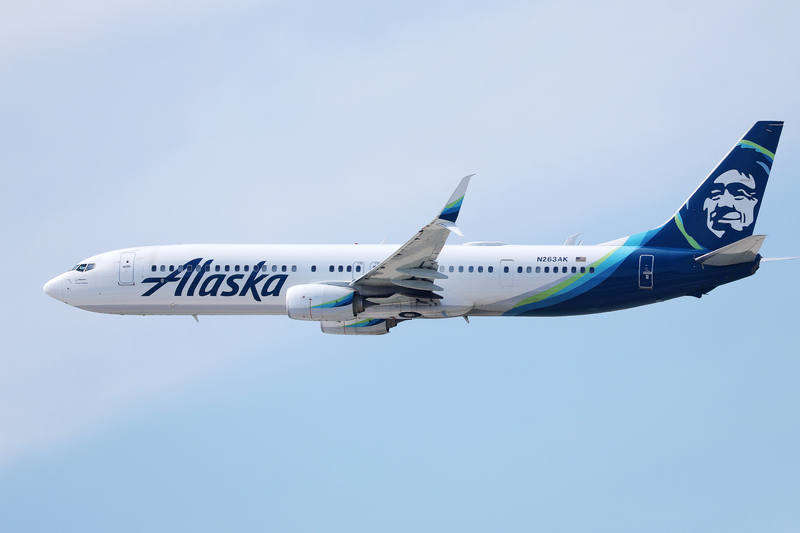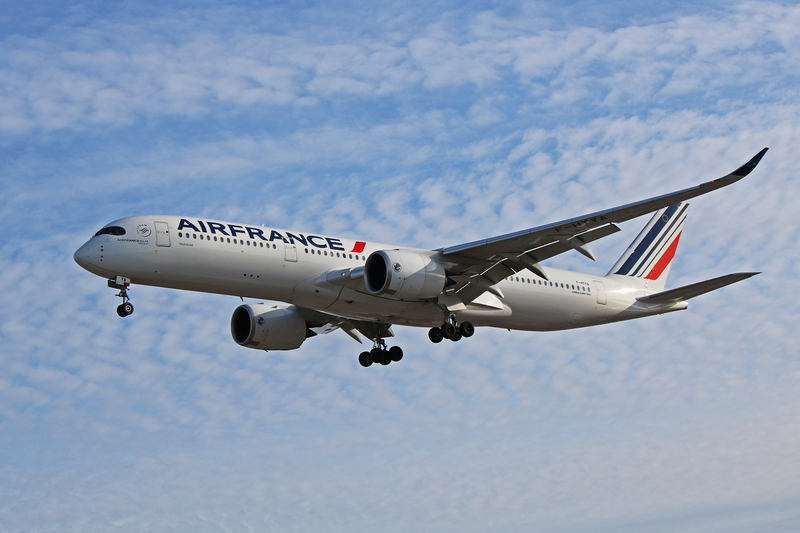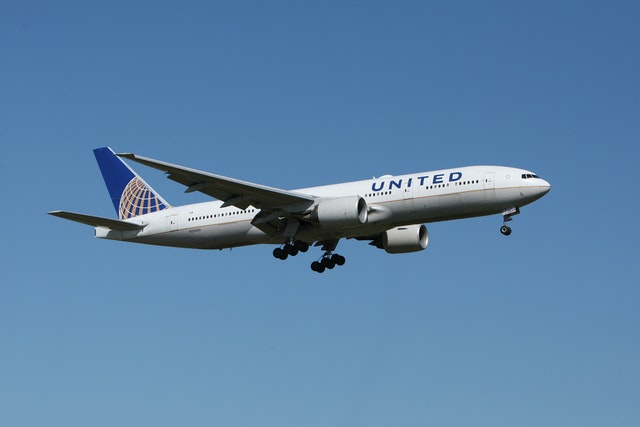Just 110 Seats: Why Saudia Flies Ultra-Low-Capacity A320s – Even To The UK
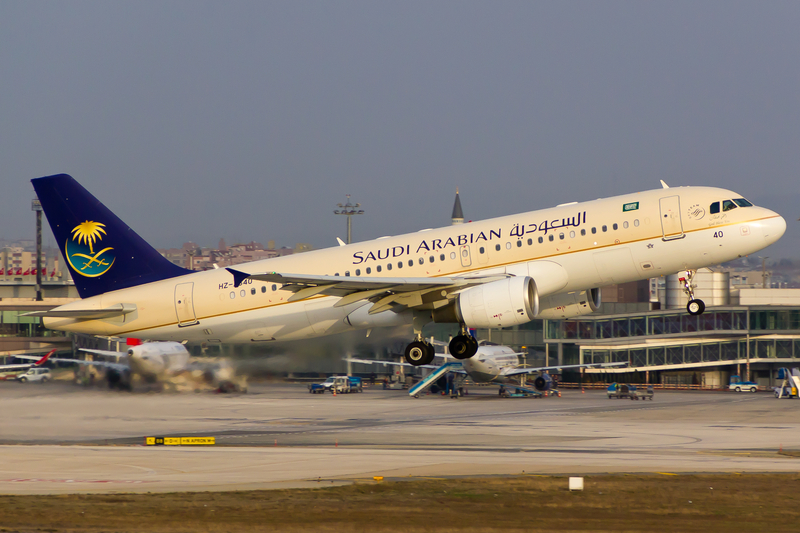
ID 84181068 © Mustafa Sandikci | Dreamstime.com
In a fleet dominated by widebodies and standard-density narrowbodies, seven Saudia Airbus A320s stand out for being… small. Not physically, of course, but by seating count: just 110 seats on an aircraft type most airlines pack with 150–186. Even more curious, these premium-heavy A320s are showing up on European runs—including a twice-weekly Neom Bay–London Gatwick link. Here’s what Saudia is doing, and why it matters.
The outliers in a widebody-heavy fleet
Saudia operates 160+ aircraft across multiple types, with widebodies (777s, 787s, A330s) carrying much of the long-haul weight. Among its 60-plus single-aisles, the airline retains a subfleet of seven A320ceos that were refurbished into a 110-seat layout: 20 fully flat business-class seats and 90 economy. Seatback entertainment and Wi-Fi are installed. These frames are 13–16 years old and fully paid off, keeping ownership costs low while enabling a niche role the newer, denser A320s (144 seats) don’t fill as neatly.
Why keep such a low count? Because mission economics can trump raw capacity. These A320s create a mini-widebody experience on thinner, longer “Euro-MidEast” sectors where premium demand exists but can’t justify a 787 or A330 daily, and where schedule, slot, or range considerations favor an efficient narrowbody with a serious front cabin.
Where they fly—and why Europe sees so many
Schedule filings for November show roughly 60% of flying for the 110-seat A320s aimed at Europe, about 39% domestic, and a sliver within the Middle East. Riyadh accounts for most Europe departures (Rome is currently the most-served city pair), with Jeddah contributing several, and Neom Bay (NUM) providing the most unusual example: Neom–London Gatwick, a ~2,120-nm sector flown twice weekly.
That Neom link is strategic as much as commercial. Saudia initially tested Neom–Heathrow on the 787-9, then downgauged to the 110-seat A320 and shifted to Gatwick. The move conserved prime Heathrow slots and redeployed a widebody to higher-yield opportunities, while keeping the UK connection alive during Neom’s build-out phase.
The financials are still catching up with the politics. UK CAA data from February–July 2025 shows 4,321 passengers carried against 8,800 seats on Neom–Gatwick—about 49% load factor overall, with the best month (July) at ~59%. That’s likely below breakeven, but acceptable if the route’s purpose is to signal connectivity and seed future demand without tying up a long-haul asset.
Business class like a widebody, costs like a narrowbody
The 110-seat A320s carry 20 fully flat J-class seats—a rarity on the type. For travelers, that means a true long-haul-style product on routes where competitors might offer recliners or nothing above economy. For Saudia, the math looks like this:
-
Premium yield focus: A full lie-flat cabin generates outsized revenue on select city pairs where premium seats are scarce but valued.
-
CASM control: A paid-off A320 has lower ownership cost than a widebody; fuel and crew costs scale with a smaller airframe.
-
Slot and gauge flexibility: On slot-constrained European fields, sending a “mini-premium” narrowbody can be more practical than fighting for scarce widebody slots.
-
Network smoothing: The subfleet plugs schedule holes—maintaining frequency and brand presence—without committing daily widebodies during shoulder seasons.
Moscow gets a taste of both extremes
When Riyadh–Moscow Sheremetyevo launched in October, Saudia led with a bit of theater: a retro-liveried 787-10 for the inaugural. Subsequent rotations quickly settled onto the 110-seat A320—a familiar pattern across the industry, where splashy launches give way to right-sized capacity. Flight times nudged longer on the A320, but the economics match demand while preserving premium seats up front.
The broader strategy
Think of these A320s as scalpels, not sledgehammers. They let Saudia:
-
Protect widebody utilization for stronger routes while preserving links the kingdom wants, from economic to diplomatic priorities.
-
Offer a differentiated hard product on thinner longish sectors—something closer to a boutique widebody experience at narrowbody cost.
-
Grow thoughtfully in Europe and niche markets (like Neom) without overcommitting capacity.
Will every route “work” on paper today? Not necessarily. The Neom–London numbers suggest a long on-ramp. But with low capital cost, premium heavy cabins, and network utility that extends beyond farebox revenue, the 110-seat A320s give Saudia an unusually precise tool for shaping demand and presence—one that just happens to turn heads when it shows up at Gatwick.
